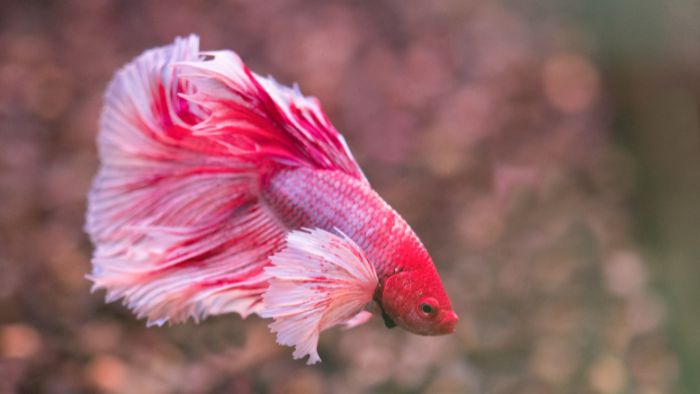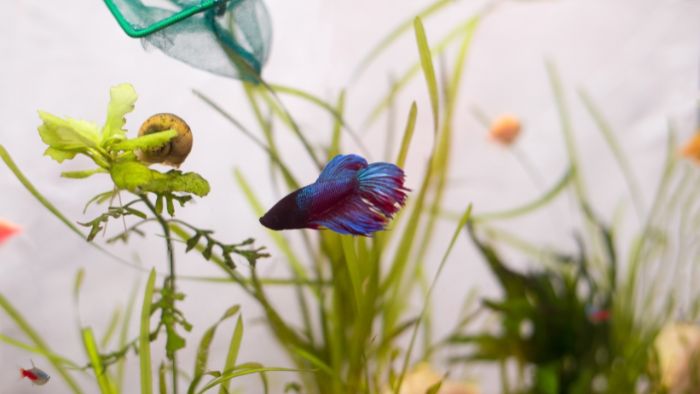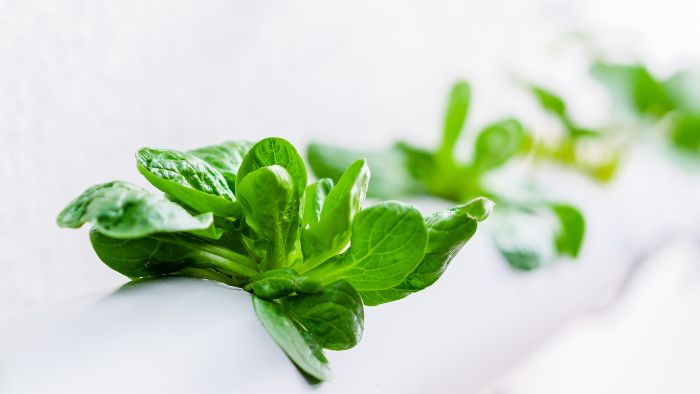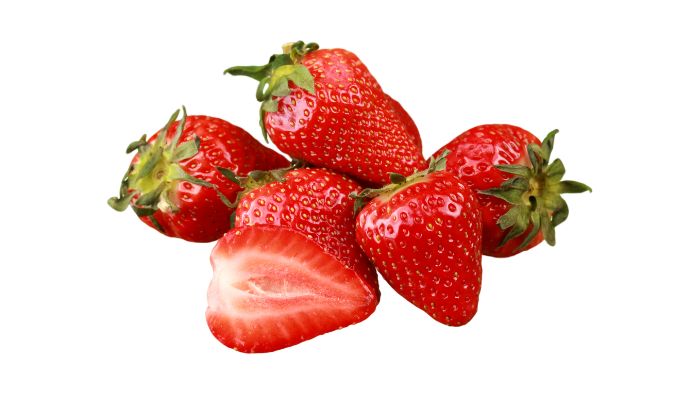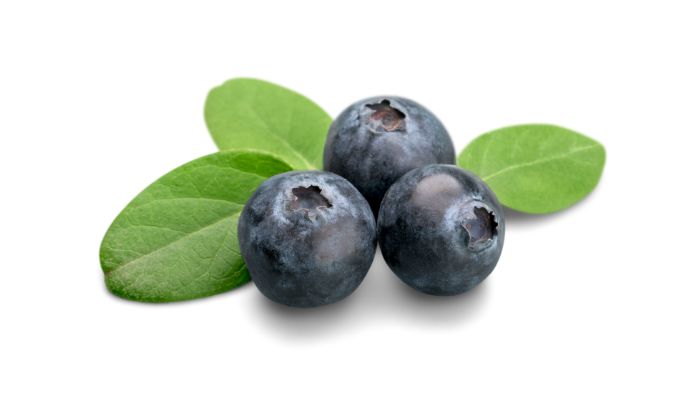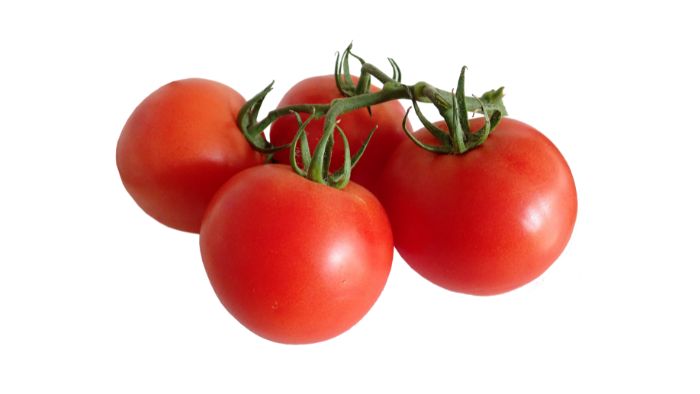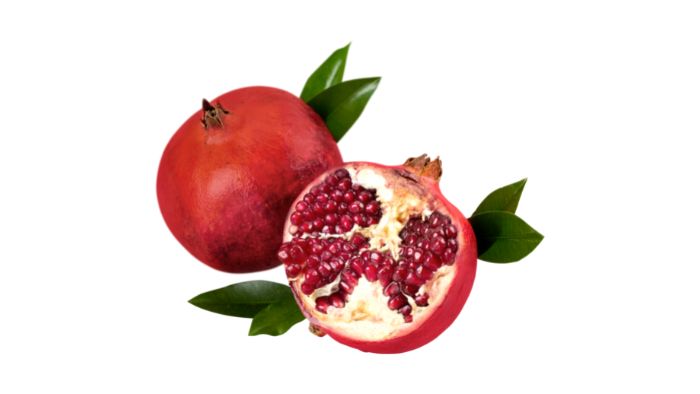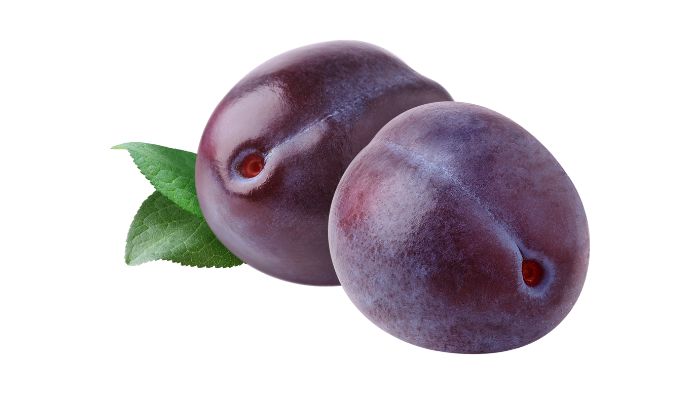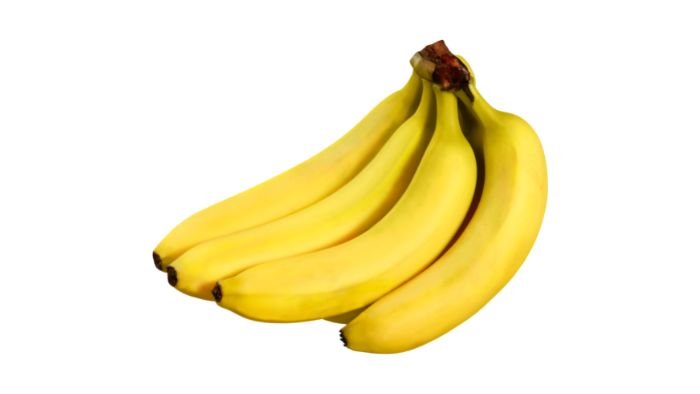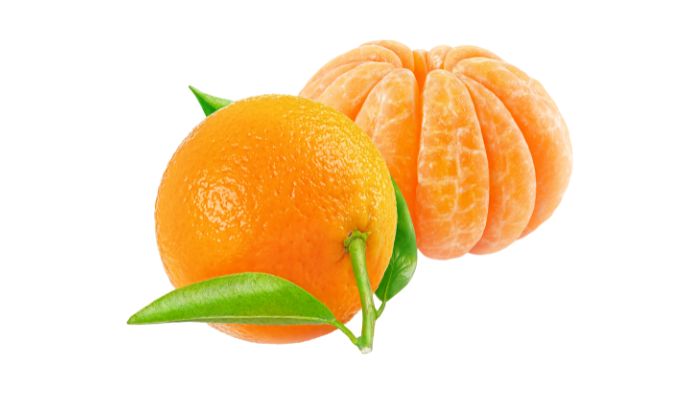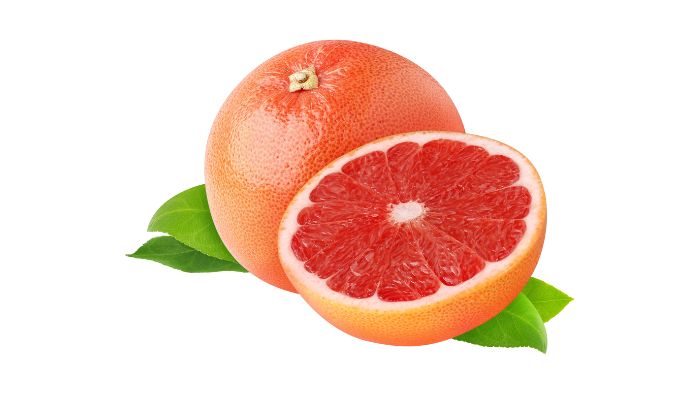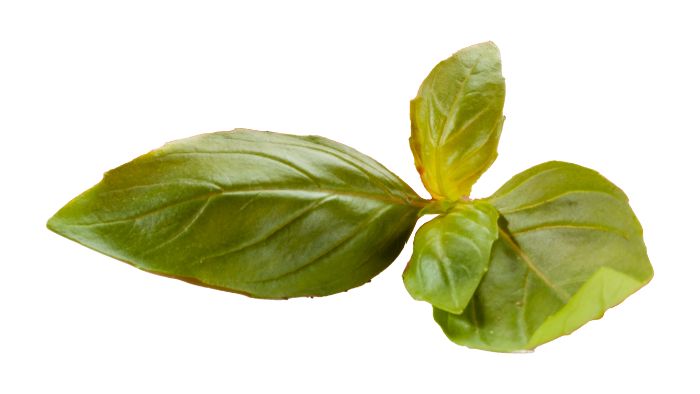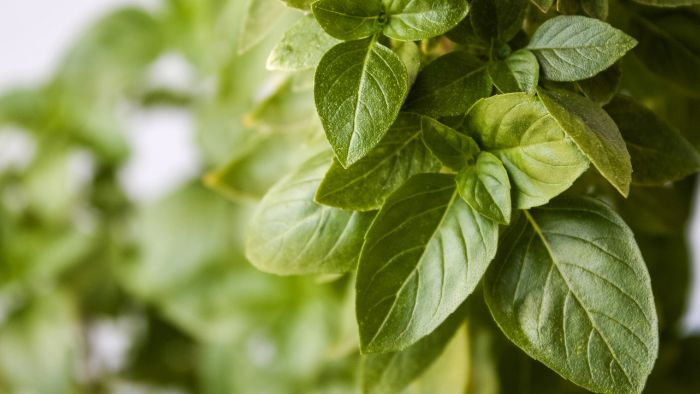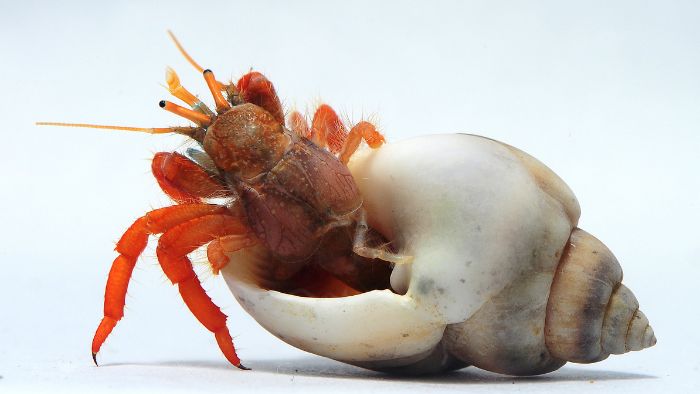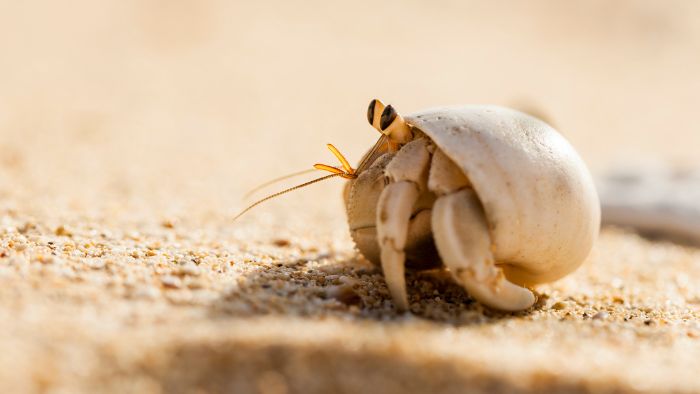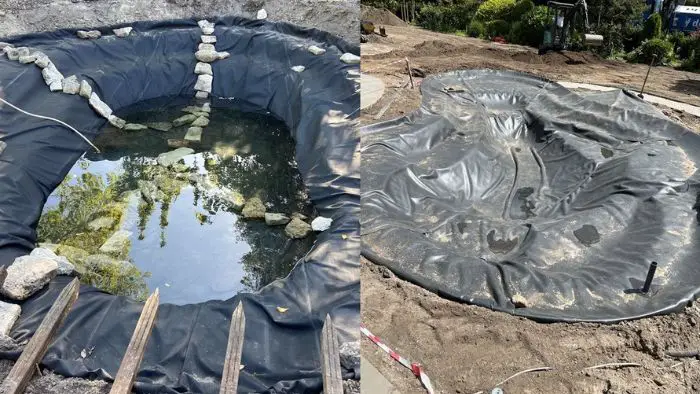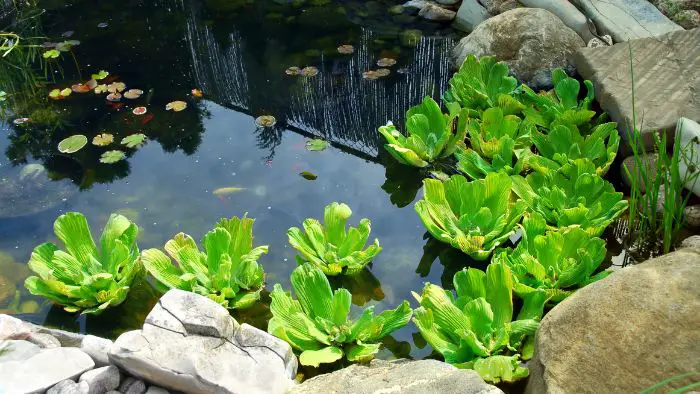Are live bloodworms for betta a good idea?
Live bloodworms are those that are still in their fresh, natural state. They tend to be a bit more expensive than their frozen counterparts but they are great for your fish. They are the most nutritious as their nutrients have not been lost through processing.
Live bloodworms have another added benefit for fish such as betta (Betta splendens). The swimming motion of the live bloodworms stimulates the hunting instinct of betta, helping keep them sharp.
A lot of people feed their betta fish bloodworms. While this is absolutely fine, there are some things to keep in mind while doing so. In this article, we will talk about the good, the bad and everything else you need to know about feeding live bloodworms to beta fish.
What Are Bloodworms?
There are two main types of bloodworms, those belonging to the Chironomidae family, and the other belonging to the Glycera genus. They are not actually worms but the larval stage of midge flies. Both types are safe to feed to fish. But the Chironomidae are much easier to breed and the ones commonly found at pet stores.
They are often found in shallow waters or pools. These fish have a pinkish appearance due to their bodies showing the presence of red body fluids (such as blood) containing hemoglobin, hence the name bloodworm.
Bloodworms are popular with aquarium fish enthusiasts, as a protein source for their fish.
There are two types of bloodworms that are commonly fed to fish. One is a larval form and the other a worm.
Can Betta Fish Eat Bloodworms?
Bloodworms can be an excellent protein source for your betta fish, and therefore part of a healthy balanced diet. While it is possible to feed these to your fish on a regular basis, you might want to put more consideration into how often you do it.
Bloodworms should not be the sole food source for your betta. Feed them in moderation while incorporating other food sources.
If bloodworms are the only food source for your betta, you will be doing them a disservice. To keep your fish full, you will have to feed them a lot of bloodworms, and too much of anything can quickly become bad.
Overfeeding betta with bloodworms will result in undesirable conditions such as fish digestive problems, the introduction of parasites which will negatively affect the fish, and poor tank water quality from excess wastes. All these issues will lead to your fish getting sick and eventually dying.
How Many Bloodworms To Feed Betta?
So what is the number of bloodworms that is safe to feed your betta fish? Betta, like most fish, will keep eating as long as you keep feeding them. It is therefore important that you monitor how much you feed them to avoid negative consequences.
Feeding your betta 1-2 bloodworms per meal is ideal. Whether you are feeding live or frozen bloodworms, do not drop a huge chunk of food at a time. If you do that, your betta will eat all the food they have been given, risking overfeeding. This will result in digestive issues such as constipation.
Even if they do not eat all the food, it will still pose a risk. Uneaten feed in a fish tank will degrade and possibly rot. This will lead to water quality degradation by increasing the concentration of toxic substances such as ammonia and nitrites.
Can I Feed My Betta Bloodworms Every Day?
Feeding your betta bloodworms every day is not recommended. These worms should only be fed to betta, or any other type of fish as a treat that constitutes part of a healthy, balanced diet. This means that other types of food should also be fed to the betta.
Feeding bloodworms to betta every day will cause the to consume an excessive amount of protein and fat. While these are fine in the right quantities, too much will be dangerous to your fish’s health and can be disadvantageous to you.
Too much fat in a fish’s diet leads to conditions such as fatty liver tissue. This will disrupt the normal functioning of the fish’s system. It will cause physiological stress on the fish such as increased levels of the stress hormone cortisol. As a response to this, your fish will stop growing well and will eventually die.
Feeding fish too much protein is essentially a waste of money. Protein is the most important and basic component of all fish feed. But there is only a certain amount that can be converted to muscle, the rest gets wasted. So why not be responsible with this important food to get the best out of it for your fish and your pocket?
Frozen Bloodworms For Betta
In addition to getting live bloodworms for your betta fish, you can get the frozen version. These will be cheaper and you can buy them in bulk and store them for an extended period of time.
Although frozen bloodworms may seem like a more convenient option, they have certain disadvantages. Frozen foods generally have a lower nutritional value than fresh ones, and this is no different in the case of bloodworms. Frozen bloodworms may not provide a balanced diet for your betta.
Conclusion – Live Bloodworms For Betta
Now that you know the ins and outs of live bloodworms for betta fish, you will be in a much better position to make the right decision regarding feeding your fish with these worms. Remember that while live bloodworms are good to feed to your betta, it should be done in moderation or it could lead to negative consequences such as digestive problems in your fish, parasitic infections and ammonia spikes in your tank or aquarium.
Feeding the right amount of this premium protein source as part of a healthy balanced diet will have your betta thriving, and the stimulating of their hunting instinct will keep their brains sharp.
If you enjoyed this article and/or found it useful, feel free to share it with your family and friends.

